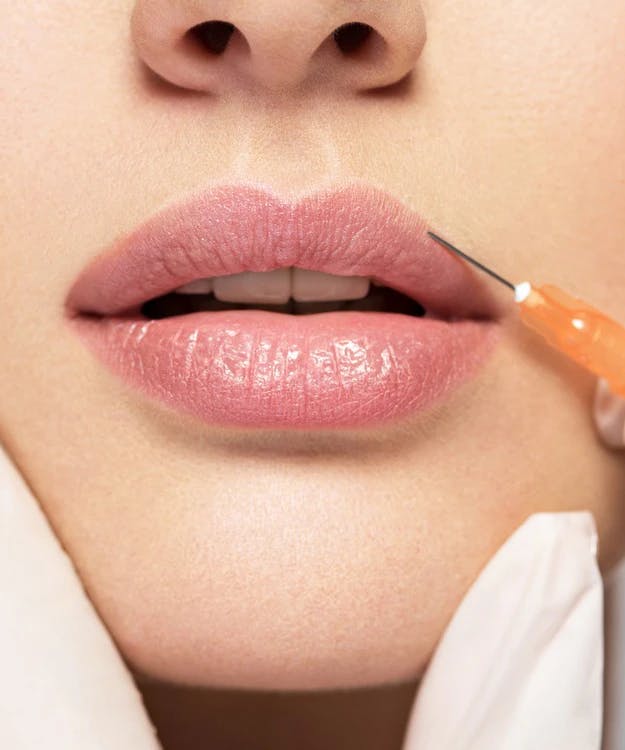The Puffy Price of Botox: Why You Should Think Twice Before Getting Injections
Most know Botox as a popular celebrity beauty treatment for wrinkles. Models like Cindy Crawford have openly endorsed the serum as a regular part of their skincare regime. But studies show that the popular beauty treatment could pose a risk for potentially life-threatening illnesses.

Should consumers be concerned about the possibility of negative side-effects?
What Is Botox?
Botulinum Toxin Type A, commonly known by its brand name Botox, is a neurotoxin made from the bacterium Clostridium botulinum. Botox has other uses besides cosmetics, which includes treating muscular disorders and migraines.
The toxin is the most popular nonsurgical cosmetic treatment, and over 6 million Botox treatments are administered every year. In 2017, sales reached over $3 billion, with forecasts exceeding $4 billion by the year 2024.
The toxin is the most popular nonsurgical cosmetic treatment.
20-Somethings and Botox
In the era of Snapchat, Instagram, YouTube and an endless barrage of selfie filters, 20-somethings are increasingly indulging in the injections, and dermatologists have shown concern for starting Botox at a young age. Beginning Botox early can cause muscles to become weaker and flatter from lack of use. Dermatological surgeon Dr. Patricia Wexler warns, “If used regularly, over a prolonged period of time, without interruption, eventually the muscle will atrophy from lack of use.” Wexler and other dermatologists recommend waiting to undergo Botox treatment and to use other preventative measures (like skin care and sunscreen) for a youthful glow.
Beginning Botox early can cause muscles to become weaker and flatter from lack of use.
More Bad News for Botox
Botox is not without side-effects. (Technically, it's a poison.) Reports of weakness, numbness, headaches, and bleeding have occurred in rare cases, but a new study shows that the serum may not stay in the area of the injection site as intended.
The University of Wisconsin-Madison conducted research in lab animals and found that the poison did not stay put at the area of the injection but instead moved between nerve cells. This is especially concerning because a dangerous side-effect of Botox is botulism (muscle paralysis).
The poison did not stay put at the area of the injection but instead moved between nerve cells.
The University of Wisconsin researchers tested exactly how the toxin moved using mouse neurons in special lab dishes that allowed axons to grow and touch (the long fibers neurons use to communicate). They found that the toxin molecules moved beyond the injected cell into other neurons. This study showed that the toxin is able to move between connected nerves, but the researchers were not sure just how far the toxin can travel.
Because this discovery could also apply to humans, the Food and Drug Administration (FDA) has issued a warning: “The effects of BOTOX and all botulinum toxin products may spread from the area of injection to produce symptoms consistent with botulinum toxin effects. These symptoms have been reported hours to weeks after injection. Swallowing and breathing difficulties can be life threatening and there have been reports of death.”
Benefits of Botox
Generally, Botox is considered safe and very few cases of death have been reported. However, other adverse effects such as eyelid drooping and muscle weakness have shown up over the years. On the positive side, Botox has a limited lifespan because the body destroys the toxin eventually.
For patients with serious or debilitating diseases such as severe migraines, Botox can offer significant relief and may be the only option for people living in chronic pain.
Conclusion
Since Botox has been around for less than 40 years, there are few studies of the long-term usage effects, leaving room to doubt the safety of the drug. The choice remains completely up to the woman whether she decides to undergo treatment, but women may want to consider less drastic treatments instead such as SPFs, exfoliators, and facial peels.